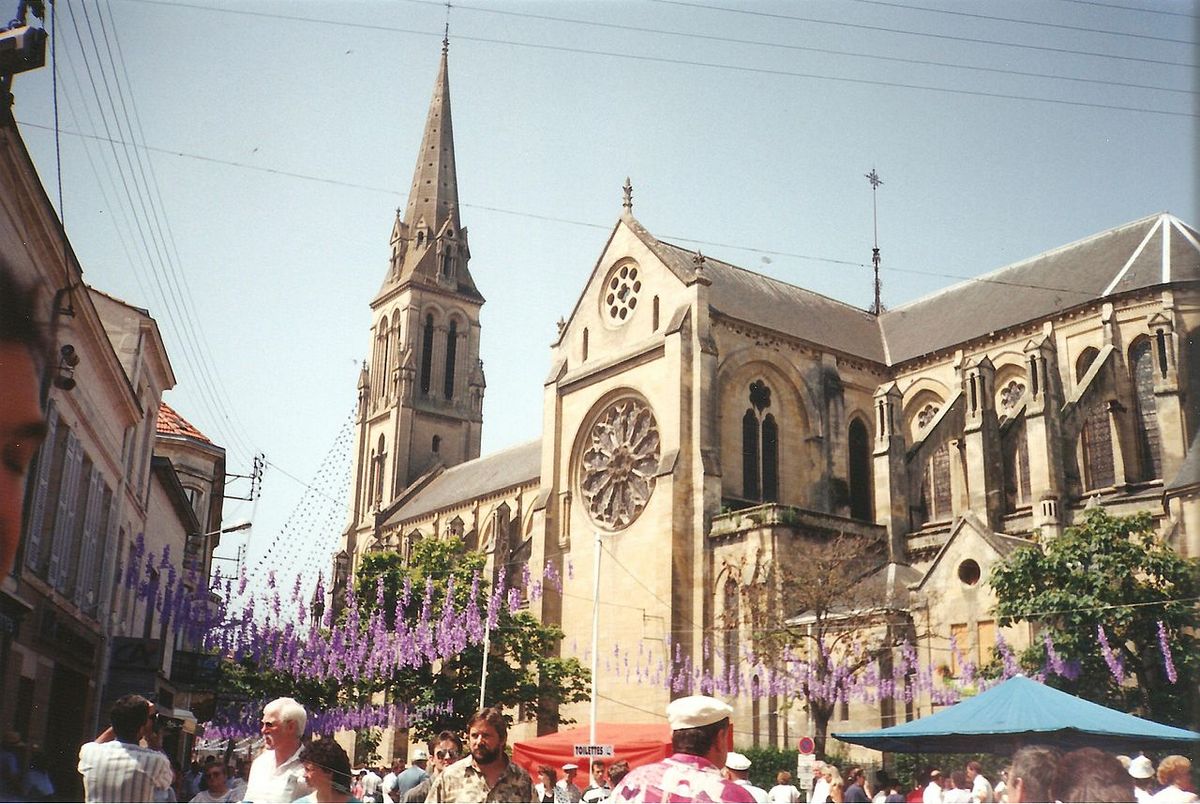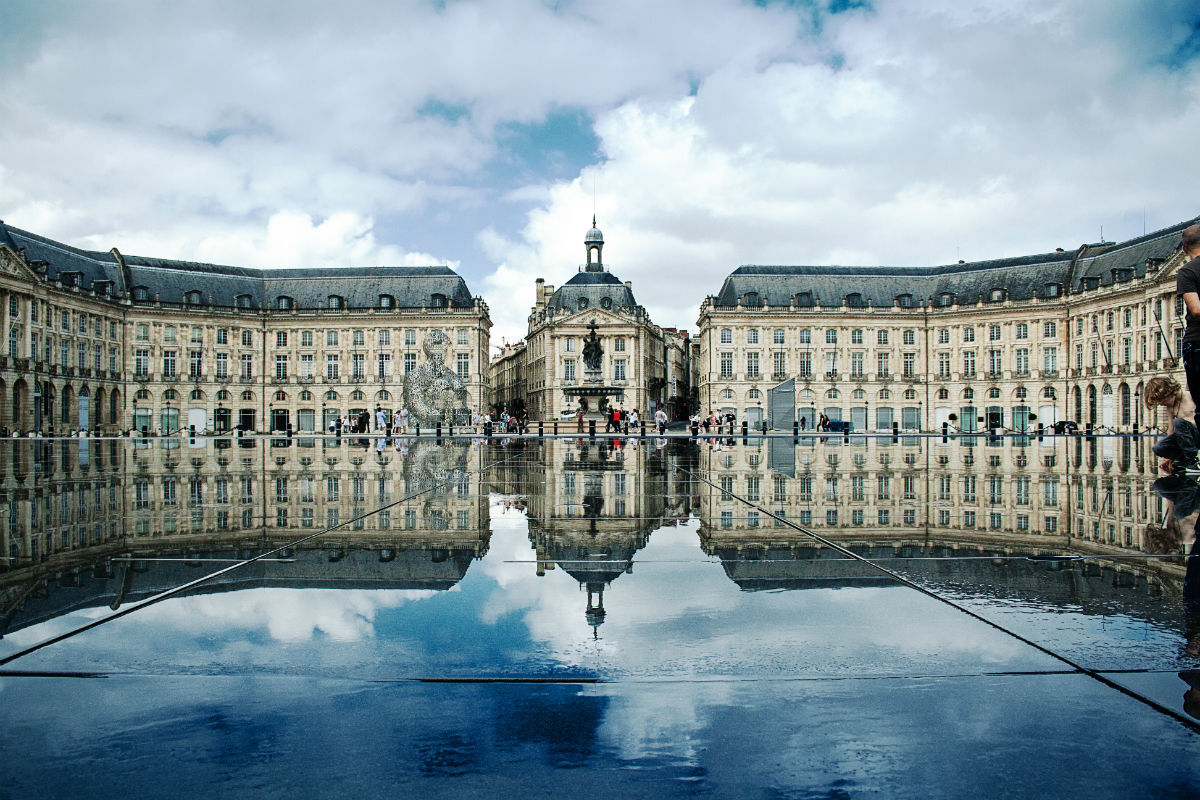The Local Area & Nearby Sights
If you wish to spread your wings and see the sights our location gives easy access to the beauty of the Dordogne countryside and the nearby cities of Bergerac, Périgueux, and Bordeaux.
All within one hours drive there is everything you could ask for.
If you’re interested in the French countryside, national history or heritage, local wine caves, modern culture, fine dining or exclusive shopping. You can find it all on your doorstep.
There really is something for everyone!
Discover the Dordogne region from Lake Les Landes.
Lake Les Landes

Bergerac
Bergerac has an important tourist industry. There are three museums, including the town museum, a statue museum and a tobacco museum. The church of Notre Dame is located in the town centre. There is also a wine house by the river which features a small exhibition on the history of wine growing. Bergerac offers some of the finest wines in the Bordeaux region due to the soil’s excellent drainage – a result of its proximity to the Dordogne River.
The town contains two statues of Cyrano de Bergerac, subject of a famous play of the same name by Edmond Rostand, though the actual Cyrano never lived in Bergerac. An old stone statue stands on Place de la Myrpe, facing Place du Docteur Cayla. A newer statue, unusual in that it is painted in colour and stands on a stainless steel pedestal, has been erected on Place Pelissiere.
Périgueux
The name Périgueux comes from Petrocorii, a Latinization of Celtic words meaning “the four tribes” – the Gallic people that held the area before the Roman conquest. Périgueux was their capital city. In 200 BC, the Petrocorii came from the north and settled at Périgueux and established an encampment at La Boissière. After the Roman invasion, they left this post and established themselves on the plain of L’Isle, and the town of Vesunna was created. This Roman city was eventually embellished with amenities such as temples, baths, amphitheatres, and a forum. At the end of the third century AD, the Roman city was surrounded by ramparts, and the town took the name of Civitas Petrocoriorum.
In the 10th century, Le Puy-Saint-Front was constructed around an abbey next to the old Gallo-Roman city. It was organised into a municipality around 1182.
During the year 1940, many Jews from Alsace and Alsatians were evacuated to Périgueux.


Bordeaux
Bordeaux is the world’s major wine industry capital. Bordeaux wine has been produced in the region since the 8th century. The historic part of the city is on the UNESCO World Heritage List as “an outstanding urban and architectural ensemble” of the 18th century.
Bordeaux has been inscribed on UNESCO World Heritage List as “an outstanding urban and architectural ensemble”.
Bordeaux has many shopping options. In the heart of Bordeaux is Rue Sainte-Catherine. This pedestrian-only shopping street has 1.2 kilometers (0.75 mi) of shops, restaurants and cafés; it is also one of the longest shopping streets in Europe. Rue Sainte-Catherine starts at Place de la Victoire and ends at Place de la Comédie by the Grand Théâtre. The shops become progressively more upmarket as one moves towards Place de la Comédie and the nearby Cours de l’Intendance is where one finds the more exclusive shops and boutiques.
Miles to the Dordogne
Miles to Bergerac
Miles to Périgueux
Miles to Bordeaux
Get in touch today and find out more!
We are always happy to answer any questions you may have, please feel free to contact us at any time.
Our homely gite and splendid lake are something we’re very proud of!
We’re delighted to let it to friendly holidaymakers looking for a place to call home in the beautiful Dordogne region of France.
